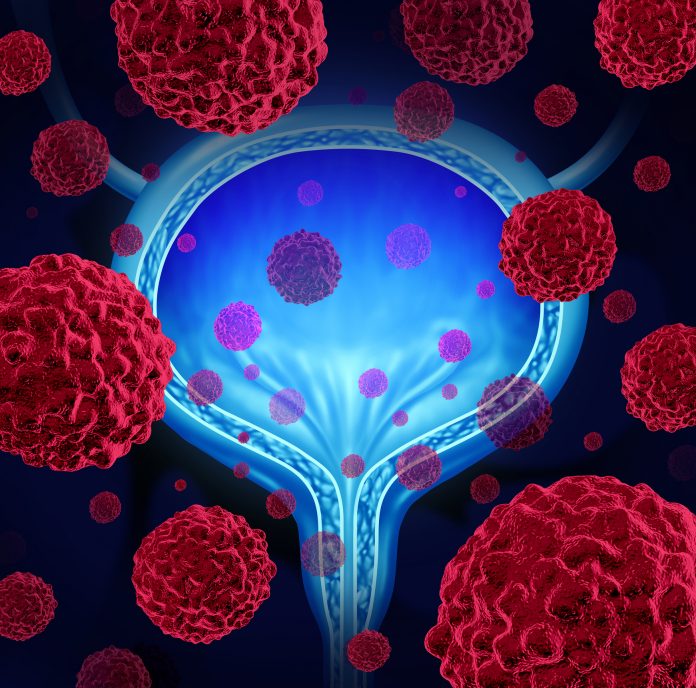
Mini, biodegradable, gas-filled microrobots have been developed that can be magnetically steered through urine and blood to deep within the body where they have the potential for a multitude of biomedical applications.
The bioresorbable acoustic microrobots (BAMs) could be used to diagnose diseases, deliver drugs deep within the body, improve minimally invasive surgery, and optimize ultrasound imaging.
The gas-filled, acoustic BAMs are spherical, with an outer diameter of just 30 micrometers and an 18-micrometer cavity for bubble trapping in an aqueous environment.
Their hydrogel-based design, which is guided by ultrasound imaging, aims to navigate with precision, stability, and control and they can be acoustically propelled through the body for several days.
The researchers demonstrated that the BAMs could be used as imaging contrast agents and also be magnetically driven to bladder tumors in mice to deliver anticancer drugs.
“BAMs furnish a formidable tool in precision medicine, addressing challenges that have historically hindered the practical application of synthetic micro- and nanorobots,” the researchers maintained in the journal Science Robotics.
Microrobots show diagnostic and treatment potential but there have been difficulties in their stability, lifespans, control, and real-time detection after deployment within the body.
Hong Han, a PhD candidate at the California Institute of Technology, and colleagues therefore developed gas-filled microrobots that could be propelled acoustically and magnetically to target tissues.
The BAMs use a composite material consisting of bioresorbable hydrogel and iron oxide particles for magnetic steering. These iron oxide nanoparticles enable precise control of the acoustic propulsion of a single BAM or a swarm of BAMs through an external magnetic field.
The BAMs were able to use acoustic propulsion to move through a variety of biological fluids such as blood, urine, and gastrointestinal fluid for several days.
In addition to their propulsion abilities, the microbubbles trapped by BAMs increase their ultrasound imaging contrast. This allows their movement and localization to be monitored at high resolution under deep tissue, guided by wireless magnetic navigation.
Studying their use in a mouse model of cancer, the BAMs were able to move to a specific region of the animals’ bladder through magnetic control.
Ultrasound imaging enabled visualization of tumors in mice with bladder cancer, enabling precise delivery of BAMs to tumor sites through acoustic propulsion coupled with magnetic steering.
The researchers noted that the hydrogel’s biodegradability through hydrolysis presents a critical advantage for in vivo applications, ensuring their safety and biocompatibility.
They predicted: “With the ability to maintain propulsion in various biological fluids for several days and exhibit strong real-time imaging contrast, these devices demonstrate the potential to shift paradigms in disease diagnosis, targeted drug delivery, and minimally invasive surgery.





